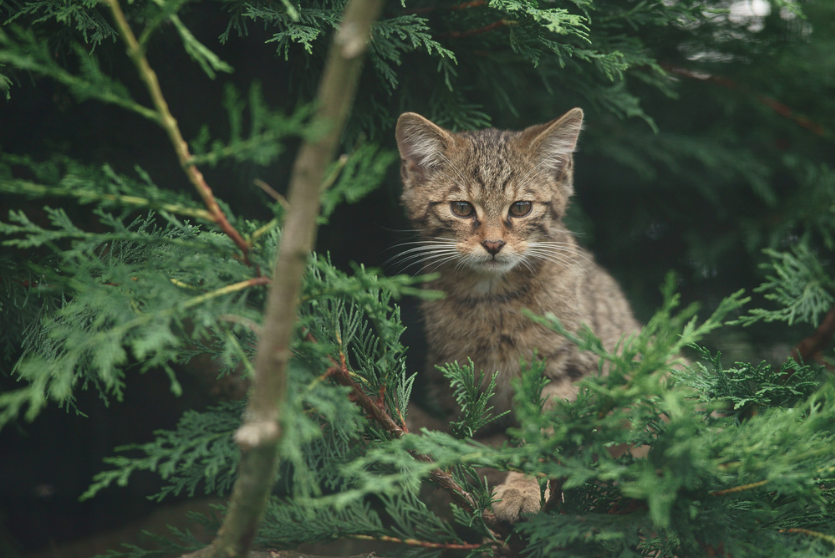One in Five of Britain’s Wild Mammals Face High Risk of Extinction
Overall populations of a fifth of Britain’s wild mammals are falling and, in turn, these species are at high risk of extinction in the next decade, according to the most recent analysis.
“Most at risk are the Scottish wildcat and the once-widespread black rat, while there is only a single male greater mouse-eared bat left. Also falling in number are hedgehogs, rabbits and water voles,” The Guardian reported.
The main cause of these dropping populations is habitat destruction by new roads, buildings and farms, but invasive species and disease also play a role.
“We have almost been sleepwalking. This is happening on our own doorstep, so it falls upon all of us to try and do what we can to ensure that our threatened species do not go the way of the lynx, wolf and elk and disappear from our shores forever,” said Prof Fiona Mathews, at the University of Sussex and chair of The Mammal Society.
However, some wild mammals have bounced back since the last analysis in 1995, including polecats, pine martens, deer and otters. Species such as beavers and wild boars have also become stable since the 1995 data, but still have relatively low populations.
“We need to stop thinking of wildlife as being something that happens somewhere else and we just put a [protected area] ring around it,” Mathews added.




